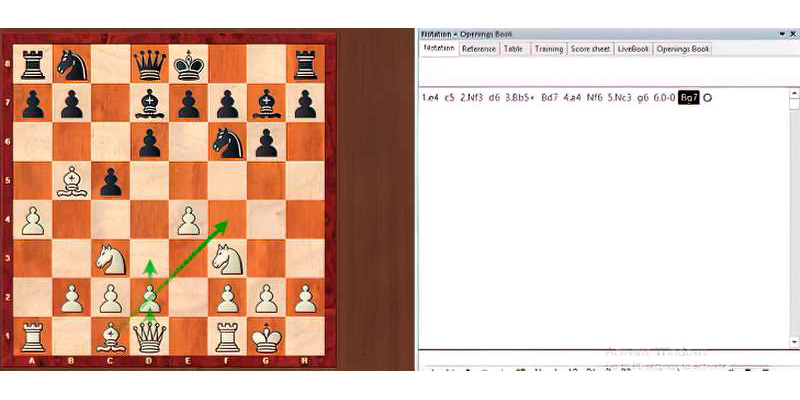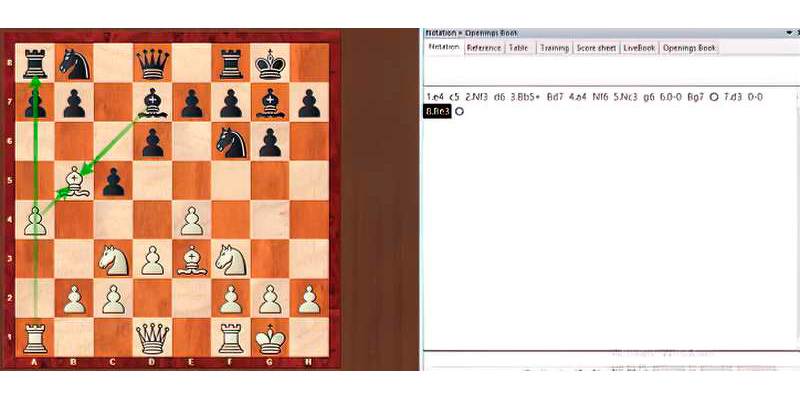This week we are taking up the most popular openings that black can play against 1. E4
Please watch the video instructions on how to play these positions against computer on chess.com
Position 1. Scotch gambit!
Put this as a starting position against computer, but make sure to study the moves that led to here.

- White has a development advantage because he is ready to castle but for black it`s not easy!
- If black moves his knight to f6 we can push the pawn to e5 right away attacking! Followed by castling.
- If black moves the bishop to c5 lets say to defend the pawn, we can use a nice tactical idea Ng5 attacking the fried liver! Example of that is below.

- Computer might defend his pawn on f7 but falls into a nice calculated tactic! Can you spot it? Look at the next position.

- In this position its shows white about to castle, but black king is permanently unsafe! Plus we use a rule of a power of a bishop: dark square bishop is stronger now because black lost his bishop! Please make sure to study the moves which led to this position.
 The game could continue as follows, look at the next diagram.
The game could continue as follows, look at the next diagram. - Black is trying to trade queens at any cost.


- White castled and with his last move ready do open up the center and activate his knight and bishop to attack black’s king! Just remember, do not trade queens in this position because black’s king is not safe!
Position 2. Sicilian defense.
Put this as a starting position against computer, but make sure to study the moves that led to here.

- White is ready to open up his dark square bishop
- After which he can set up a reversed battery to trade black’s bishop in the house!

- If black pushes our bishop away we can always bring it to a2- c4 diagonal pointing at the king!

- If black pushes our bishop away we can always bring it to a2- c4 diagonal pointing at the king!

- White’s plan is to trade the dark square bishops, and start maximizing on the king side.

Position 3. Sicilian defense. Another way to play.
Put this as a starting position against computer, but make sure to study the moves that led to here.

- Here as we can see, the rook already went in front of black’s queen making her uncomfortable from the x ray.

- make sure to study the moves that led to this position. White has more power in the center and their dark square bishop is more active then black. This allows the idea of attacking with the intermediate move Ne5 if black exchanges on e4! If black doesn’t capture, white will finish his development comfortable bishop g5 or bishop f4 followed by rook c1!

Position 4. French defense.
Put this as a starting position of a French defense against computer. Computer can play 2 main moves here: bishop b4 or Nf6.

- Connected knights system. The idea is to chase the bishop away or to recapture with the other knight and get the bishop pair.

- If black gets greedy and takes the pawn on e4, we right away play a3!

- This position might arrive if black took the knight on c3 and defended the pawn. White will get the pawn back and have a comfortable game with the dark square bishop rulling the world!

- A better way for black is to keep the bishop, but then white will just recapture the pawn on e4 and castle queen side with an attack on the king!

- White’s plan is clear! Queen side castle and attack on the king.

